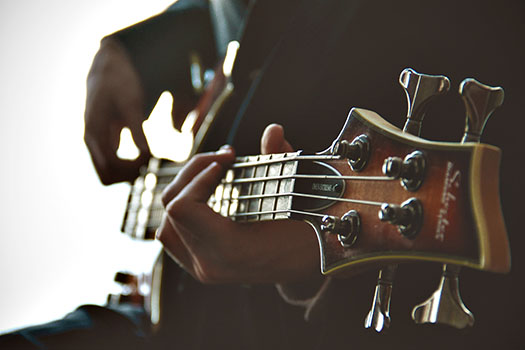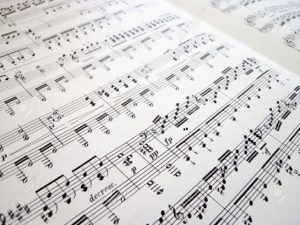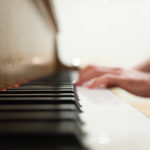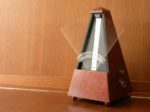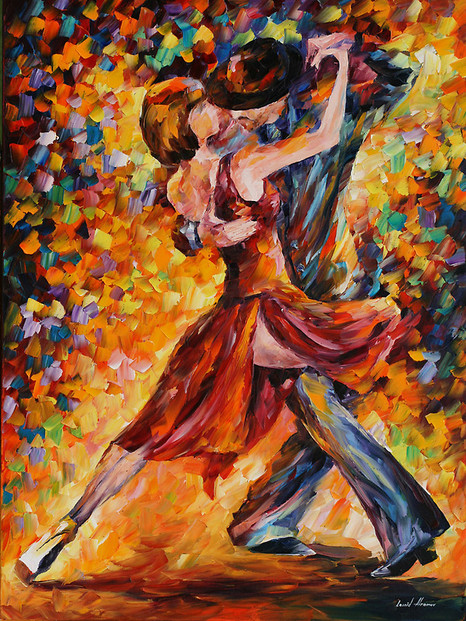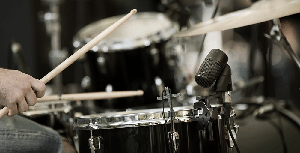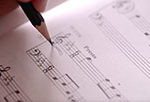Here are some of my thoughts on what has to be one of the greatest jazz bass solos ever recorded, fretless or otherwise. Jaco Pastorius played his legendary fretless bass on Pat Metheny’s debut album: Bright Size Life, and this solo is from the title track. I chose this solo for its lyrical phrasing, the unmistakeable fretless articulation that became a big part of Jaco’s personal sound, not to mention the sound which many contemporary fretless bass players aim for. In the words of modern fretless player Matt Bissonette, when he was discussing all fretless bassists: “…we’re all chasing Jaco’s vision.” [1]
In my particular performance of the solo, it’s worth mentioning that I use a fretless guitar, and as a result have changed the octave of some of the phrases, but have tried to keep as many in the register Jaco played them. The tessitura of this solo is actually fairly high for a bass, and as a result most of it can be found in the tenor register of the guitar. This particular fretless guitar is a modified Godin guitar with a homemade ebony fingerboard.
Jaco’s phrasing portrays great maturity from the beginning of this solo, as he starts with the opening line from the melody of the song, a wacky fifths idea that ends on an E. He then develops the melody and repeats the same idea over the Bbmaj7 chord, interestingly using an F# instead of an F which reminds us of the D tonality from the previous two bars. Rhythmically speaking, during the first 16 bars of his solo he oscillates mainly from 8th notes to quarter note triplets, and the slow triplet ideas are used to build tension over the course of the whole solo. It’s important to notice how memorable and simple the first 4 bars of this solo are, which is why it is one of those solos that I find myself humming over and over, and is a testament to his musicianship and maturity as an improviser. From the very start the whole solo is about the song, not about the soloist.
For the B sections, which have more dominant 7th style harmony, Jaco gravitates towards slightly bluesier melodies and sleazier articulation, making use of the fretless to slide into notes and employing a wider slide vibrato on longer notes, for example the E in bar 18. In the second B section, starting at bar 49, he uses double stops based on the dominant 7th chords along with vibrato. This distinct change of language and approach really distinguishes his solo’s over the B sections from the A sections.
In terms of note choices for the A sections, Jaco stays fairly diatonic to the chords/keys that Pat Metheny’s comping provides: D major and D major pentatonic on the Gmaj7, D and A7 chords, and Bb lydian (a mode of F major) for the Bbmaj7b5 chords. The harmonic character of the A sections (for example bars 41-48) is that of a single tonality that shifts up a minor third (G to Bb) and eventually settles on D or A7 depending if the cadence is perfect or imperfect. Jaco uses this framework to his advantage when he starts an idea on the Gmaj7 chord, and maintains the idea on the new Bb chord whilst altering the note choices. The song Bright Size Life is a favourite of many guitarists and bassists alike, and I would guess that the harmonic simplicity and the possibilities for melodic improvising are key to that fact.
This solo also gives a glimpse of Pastorius’ lightning virtuosity, and in bars 39-40 in particular he uses a trill figure to outline a giant Bbmaj13 arpeggio in 16th notes, which at this tempo are blistering, especially on a bass. This fast passage is a great example of speed in a solo used to build intensity, and it frames the more melodic line at bars 41-44 very nicely.
Its worth noting to musicians wishing to learn this solo, with whom I would have the greatest sympathy, that the transcription is for bass guitar and is in bass clef, but can be easily transposed and translated onto any melodic instrument. I hope you enjoy this fusion gem as much as I do.
[1] www.fretlessbass.com/BissonetteMattInterview-01.html
Ready to learn the guitar?
Start learning with our 30-day free trial! Try our guitar courses!
About Liberty Park Music
LPM is an online music school. We teach a variety of instruments and styles, including classical and jazz guitar, piano, drums, and music theory. We offer high-quality music lessons designed by accredited teachers from around the world. Our growing database of over 350 lessons come with many features—self-assessments, live chats, quizzes etc. Learn music with LPM, anytime, anywhere!

